
Transforming your backyard into a bird magnet can be a rewarding experience, attracting a variety of bird species and enhancing your outdoor space.
By implementing a few simple strategies, you can turn your yard into a haven for birds, providing them with food, shelter, and water.
This list will walk you through nine simple tricks for turning your backyard into a bird paradise, from setting up bird feeders to planting vibrant flowers.
1. Setting Up Bird Feeders at Different Heights

Set up feeders at different heights to attract different kinds of birds. Ground feeders are perfect for sparrows and doves, while mid-level hopper feeders attract finches and cardinals.
Chickadees and nuthatches like higher tube feeders. This setup caters to different bird preferences and ensures a diverse range of visitors. By providing feeders at various heights, you create a welcoming environment for birds of all types!
2. Using Black Oil Sunflower Seeds.
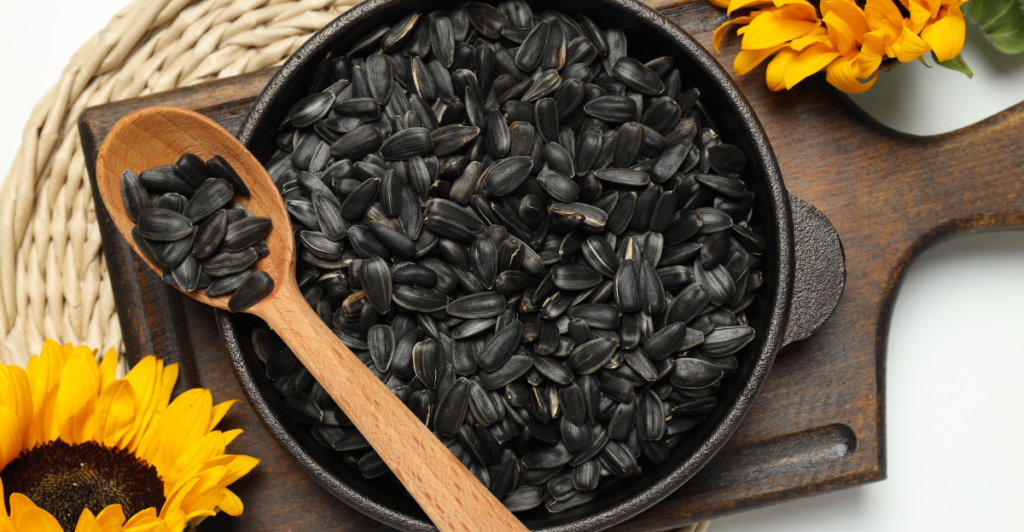
Birds love black oil sunflower seeds because they have a high energy content and are easy for them to crack the shell. These seeds attract a variety of species, including sparrows, cardinals, and chickadees.
A mixture of those seeds, unsalted peanuts, and chopped walnuts can be a nutritious mix that appeals to many birds. It is inexpensive and the perfect blend to attract many different birds to your yard.
3. Installing a Birdbath
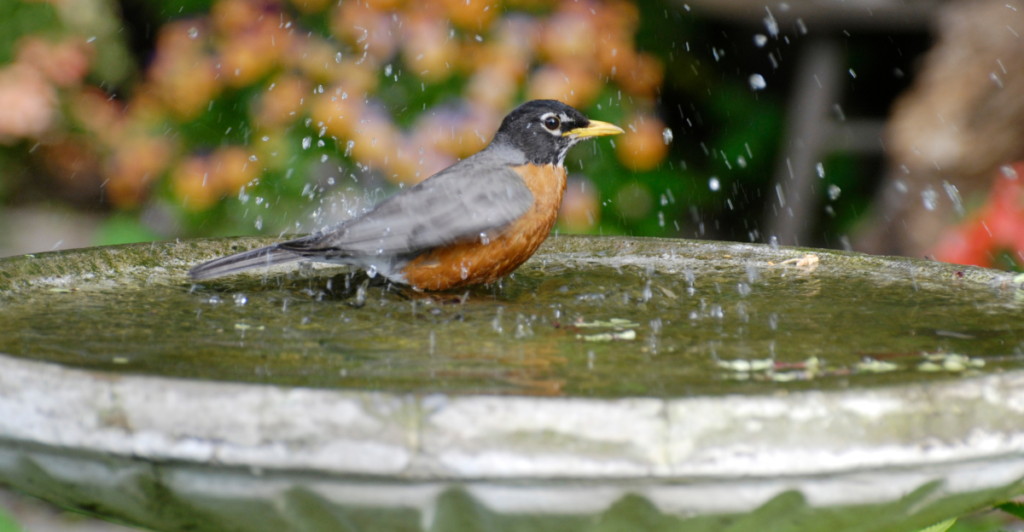
A birdbath provides essential water for drinking and bathing, making it an important component in attracting birds to your backyard.
Select a shallow birdbath with rocks outside the basin so smaller birds can land safely. Regular cleaning is vital to prevent disease and keep birds returning.
A well-maintained birdbath becomes the focal point of your yard, attracting both small and large bird species.
4. Providing Suet in Winter

In winter, birds require high-energy food to maintain body warmth. Suet, made from animal fat and blended with seeds and nuts, is ideal for this purpose.
It provides an energy boost for woodpeckers and nuthatches. Suet can be hung in shrubs or trees to provide essential cover while birds eat, thus offering them more safety and comfort.
5. Growing Native Plants
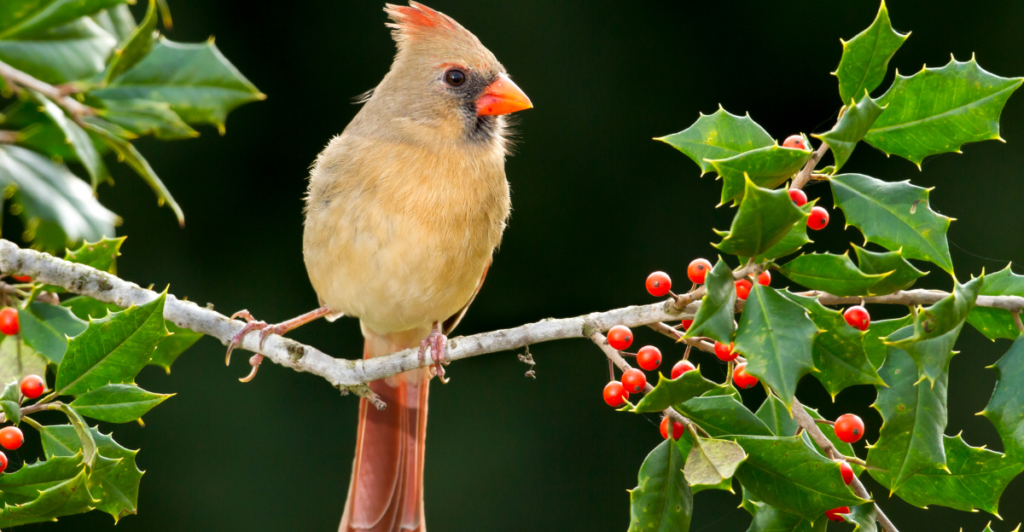
Native plants are a natural food source for birds because they produce seeds, berries, and insects. They are adapted to local climates, meaning they require less maintenance.
In addition to attracting birds and butterflies, planting trees, such as holly and shrubs with native plants, establishes sustainable habitat space for your local wildlife. This is a good method for both attracting birds and adding visual interest to your garden.
6. Creating a Dense Shrub Area

Dense shrubs offer nesting places and cover for birds. A combination of evergreen and deciduous shrubs works well, with dogwoods and holly being particularly popular.
Since these plants provide both food and shelter, they are also a great choice for attracting birds. Therefore, planting shrubs in groups around water features ensures a comforting and safe environment.
7. Offering Fresh Fruit
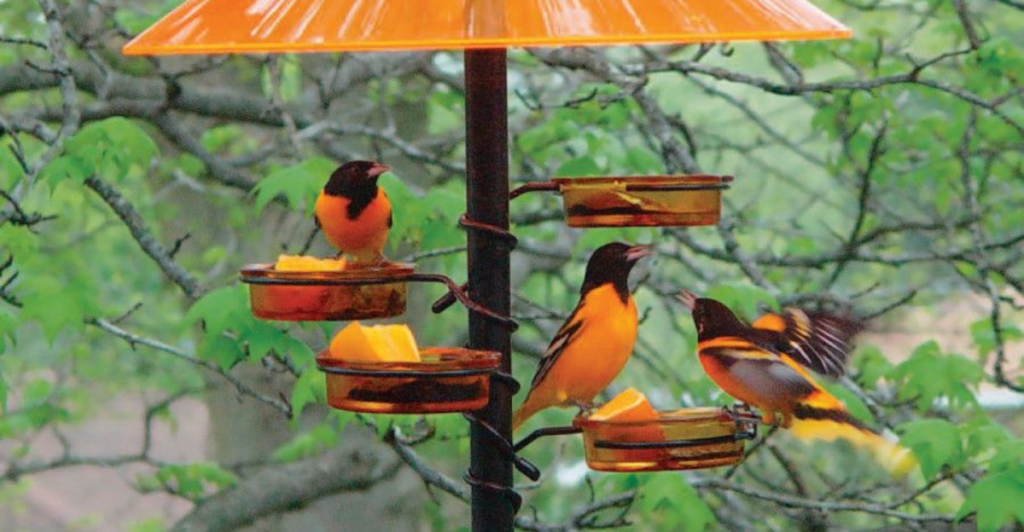
Most bird species find freshly sliced oranges and apples irresistible. Oranges are particularly attractive to orioles, and apple slices will attract a variety of birds to your backyard.
Place fruit on platform feeders to entice these birds. Remember to the fruit fresh to avoid attracting unwanted pests and ensure a continuous flow of bird visitors.
8. Scattering Millet on the Ground
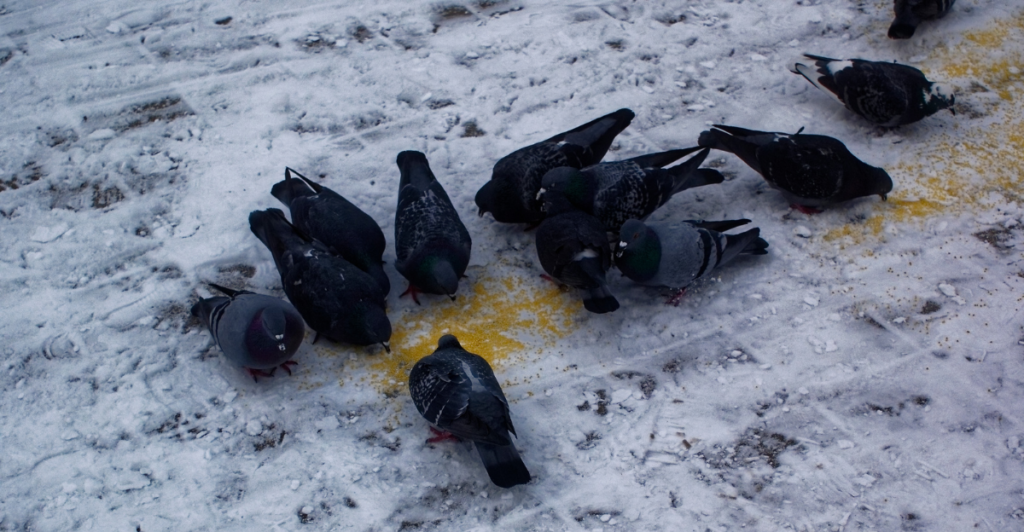
Millet is an easy way to attract ground-feeding birds such as pigeons and mourning doves. Just scatter it directly on the ground, ensuring enough is available for a day’s consumption.
This option ensures that the area is always clean and provides a constant source of fresh seeds, making it one of the easiest and most effective ways to attract birds.
9. Planting Bright Flowers for Hummingbirds

To attract hummingbirds, plant bright, vibrant flowers, such as bee balm and fuchsia. These blossoms are full of nectar, which hummingbirds love.
Other good options include cuphea and cape fuchsia, which provide continuous blooms and a reliable food source. By incorporating these flowers into your garden, you create a haven for magnificent, tiny creatures.
Explore more of our trending stories and hit Follow to keep them coming to your feed!

Don’t miss out on more stories like this! Hit the Follow button at the top of this article to stay updated with the latest news. Share your thoughts in the comments—we’d love to hear from you!
